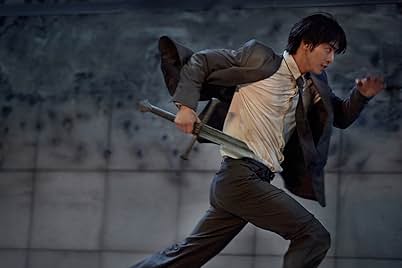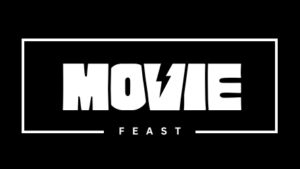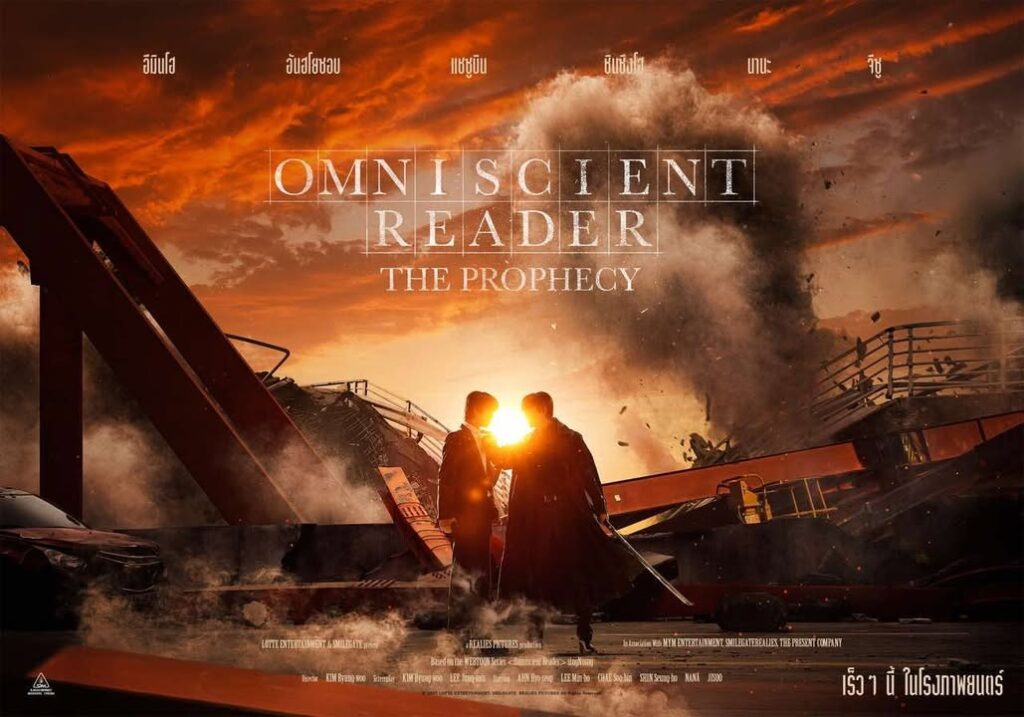The Omniscient Reader: The Prophecy review reveals why this 2025 fantasy thriller delivers breathtaking action and emotional complexity. Byung-woo Kim’s visionary direction transforms familiar apocalyptic territory into something genuinely innovative and emotionally resonant.
What happens when you combine the meta-narrative brilliance of being trapped inside your favorite story with the most devastating apocalyptic scenarios? You get fantasy thriller perfection. Omniscient Reader: The Prophecy (2025), directed by Byung-woo Kim, stands as one of the most compelling adaptations in recent science fiction cinema history. This intense thriller follows an ordinary office worker who discovers his favorite web novel has become reality, trapping him in an apocalyptic world where his knowledge of the story becomes humanity’s only hope. While the film operates on familiar chosen-one narrative territory, it succeeds because it never exploits its premise—every moment of tension and character development is handled with complete emotional authenticity.

Synopsis
Kim Dokja (Ahn Hyo-seop), an ordinary office worker in his twenties, is the sole reader of an obscure web novel titled Three Ways to Survive the Apocalypse. When the novel’s catastrophic events suddenly manifest in reality, Dokja finds himself trapped within the story’s universe alongside its protagonist, Yoo Jung-hyeok (Lee Min-ho), a powerful warrior blessed with the ability to return to life after death.
With his intricate knowledge of the impending apocalyptic scenarios, Dokja must navigate deadly trials while forming alliances with other survivors including Yoo Sang-ah (Chae Soo-bin) and Lee Hyeon-seong (Shin Seung-ho). The film follows their transformation from desperate survivors to a united force determined to rewrite destiny itself, using Dokja’s unique perspective to change the story’s predetermined tragic ending.

Plot & Themes
Omniscient Reader: The Prophecy operates on a deceptively complex premise: sometimes the most profound power comes from understanding the stories that shape our reality. The apocalyptic setting serves as both obstacle and metaphor for exploring deeper questions about fate, free will, and the courage to change predetermined outcomes when everything seems hopeless.
The film’s genius lies in its careful balance between action spectacle and character development. When Dokja faces the moral complexity of knowing future tragedies while being powerless to prevent them all, the movie never treats his internal struggles as secondary to the visual effects. These moments work because Kim understands that true suspense comes from emotional investment in the characters’ impossible choices.
Thematically, the movie explores how knowledge can become both blessing and curse, and how understanding someone’s story deeply can create unexpected bonds. Dokja’s journey isn’t just about surviving the apocalypse—it’s about discovering that changing fate requires sacrificing the comfort of knowing what comes next.

Cinematography & Visuals
The cinematography captures the spectacular devastation of an apocalyptic Seoul with visual techniques that serve both the action and emotional elements perfectly. The visual style emphasizes the contrast between the mundane reality of office life and the extraordinary circumstances they encounter, using dynamic camera work and practical effects to create escalating tension.
The film excels in building suspense through environmental storytelling. The sequences showing characters navigating transformed familiar locations while facing supernatural threats demonstrate excellent use of both practical sets and CGI integration. The camera work holds on meaningful moments of fear and determination just long enough to create genuine emotional investment.
Apocalyptic details reward careful viewing. During survival sequences, attentive viewers will notice how the characters’ growing understanding of the story’s rules is reflected in their improving strategies and problem-solving abilities.
Acting & Characters
Ahn Hyo-seop delivers a compelling performance as Kim Dokja, anchoring the ensemble with his portrayal of an ordinary man discovering extraordinary purpose. His character arc from passive reader to active participant feels authentic and earned rather than forced.
Lee Min-ho provides excellent support as Yoo Jung-hyeok, bringing both stoic determination and hidden vulnerability to the role of the story’s original protagonist. His chemistry with Hyo-seop creates a believable partnership between characters from different narrative realities.
Chae Soo-bin rounds out the core group with a performance that balances emotional strength with genuine fear. Her scenes during the most dangerous trials demonstrate authentic terror while maintaining character consistency.
The supporting cast, including the various survivors and antagonistic forces, brings depth without falling into caricature, creating believable threats and allies that serve the story rather than overwhelming it.
Direction & Screenplay
Byung-woo Kim’s direction maintains perfect tension throughout the film’s runtime. Coming from his experience with genre television, Kim understood that fantasy adaptations require careful pacing that builds suspense without sacrificing character development. Every revelation and action sequence is given space to resonate emotionally.
The screenplay layers tension at multiple levels:
- Meta-narrative elements that explore storytelling and fate authentically
- Survival components that feel researched rather than fabricated
- Action sequences that build naturally from character motivations
- Emotional beats that never feel manipulative or forced
The script’s structure follows fantasy conventions while subverting them through genuine character growth. This creates familiarity that makes the unexpected moments of sacrifice and connection land with greater impact.
Sound & Music
The film’s score perfectly balances haunting apocalyptic themes with underlying hope to create an audio landscape that mirrors the characters’ psychological journey. The music enhances rather than overwhelms the natural drama of their impossible situation.
Sound design plays a crucial role in building suspense. The way familiar city sounds transform into threatening supernatural cacophony, and how the characters learn to recognize different types of dangers, creates an immersive experience that places viewers directly into their transformed world.
The use of silence deserves particular recognition. Key moments of revelation and sacrifice are allowed to breathe without musical manipulation, trusting audiences to connect with the characters’ emotional reality through performance alone.
Conclusion & Verdict
Omniscient Reader: The Prophecy succeeds because it treats its fantasy premise with emotional intelligence and respect for its characters. Every element—from performance to cinematography to sound design—works in service of both spectacle and character development without sacrificing either.
Strengths:
- Strong ensemble cast that creates believable relationships under extreme circumstances
- Innovative meta-narrative approach that feels fresh rather than gimmicky
- Excellent pacing that builds tension while maintaining character focus
- Thoughtful exploration of fate and free will through action rather than exposition
Minor Weaknesses:
- Some fantasy elements feel slightly familiar for the genre
- Occasional exposition-heavy moments slow momentum briefly
This film remains essential viewing for fantasy fans and anyone who appreciates character-driven apocalyptic stories. Omniscient Reader: The Prophecy works for audiences who enjoyed Ready Player One, The Matrix, or Attack on Titan.
Rating: 8.5/10
Director: Byung-woo Kim
MPAA Rating: PG-13 (for intense sequences of sci-fi action violence, thematic material, and some language)
Starring: Ahn Hyo-seop, Lee Min-ho, Chae Soo-bin, Shin Seung-ho
For more fantasy reviews, check out our analysis of other recent adaptations. You can also explore the film’s production details at the Internet Movie Database.


